In some parts of the world, “fire adaptive communities” have learned to live compatibly with wildfire — in some cases for centuries or millennia.
Industrialized nations that view wildfire as the enemy have much to learn from people in some parts of the world who have learned to live compatibly with wildfire, says a team of fire research scientists.
The interdisciplinary team say there is much to be learned from these “fire-adaptive communities” and they are calling on policy makers to tap that knowledge, particularly in the wake of global warming.
Such a move is critical as climate change makes some landscapes where fire isn’t the norm even more prone to fire, say the scientists in a new report published in a special issue of the Philosophical Transactions of the Royal Society B.
“We tend to treat modern fire problems as unique, and new to our planet,” said fire anthropologist Christopher Roos, Southern Methodist University, Dallas, lead author of the report. “As a result, we have missed the opportunity to recognize the successful properties of communities that have a high capacity to adapt to living in flammable landscapes — in some cases for centuries or millennia.“
One such society is the ethnically Basque communities in the French Western Pyrenees, who practice fire management to maintain seasonally flammable grassland, shrub and woodland patches for forage and grazing animals. But the practice is slowly being lost as young people leave farming.
Additionally, Aboriginal people in the grasslands of Western Australia use fire as part of their traditional hunting practices. Children begin burning at a very young age, and the everyday practice is passed down. These fires improve hunting successes but also reduce the impact of drought on the size and ecological severity of lightning fires.
Social institutions support individual benefits, preserve common good
Fire-adaptive communities have social institutions in place that support individual benefits from fire-maintained landscapes while preserving the common good, said Roos, whose fire research includes long-term archaeological and ecological partnerships with the Pueblo of Jemez in New Mexico.
“These institutions have been shaped by long-histories with wildfire, appropriate fire-use, and the development of social mechanisms to adjudicate conflicts of interest,” said Roos, an associate professor in the SMU Department of Anthropology. “There is a wealth of tried and tested information that should be considered in designing local fire management.”
The authors note that globally, a large number of people use fire as a tool to sustain livelihoods in ways that have been handed down across many generations. These include indigenous Australians and North Americans, South Asian forest dwellers, European farmers, and also hunters, farmers and herders in tropical savannahs.
Global Warming will likely bring new fire problems, more flammable landscapes
Global Warming will likely bring new fire problems, such as making some landscapes more flammable, Roos said. More effort will be required to balance conflicting fire management practices between adjacent cultures. Currently most fire-related research tends to be undertaken by physical or biological scientists from Europe, the United States and Australia. Often the research treats fire challenges as exclusively contemporary phenomena for which history is either absent or irrelevant.
“We need national policy that recognizes these dynamic challenges and that will support local solutions and traditional fire knowledge, while providing ways to disseminate scientific information about fire,” Roos said.
The authors point out that one of the greatest policy challenges of fire on a warming planet are the international consequences of smoke plumes and potential positive feedbacks on climate through carbon emissions. Most infamously, wildfire smoke plumes have had extraordinary health impacts during Southeast Asian “haze” events, which result in increased hospitalization and mortality in the region.
Not all fire is a disaster; we must learn to live with and manage fire
Carbon emissions from wildfires can be as much as 40 percent of fossil fuel emissions in any given year over the last decade. Although only deforestation fires and land conversion are a net carbon source to the atmosphere, the contribution of wildfires to global carbon emissions is non-trivial and should be a formal component of international climate dialogs.
“It is important to emphasize that not all fire is a disaster and we must learn how to both live with as well as manage fire,” said co-author Andrew Scott, earth sciences professor at Royal Holloway University of London.
The report, “Living on a flammable planet: interdisciplinary, cross-scalar and varied cultural lessons, prospects and challenges,” was published May 23, 2016 by The Royal Society, the U.K.’s independent scientific academy.
Authors call for holistic study of fire on Earth
The authors are from the United States, Great Britain, Canada, Australia, South Africa and Spain. The synthesis emerged from four days of international meetings sponsored by the Royal Society – the first of its kind for fire sciences.
The authors advocate for greater collaboration among researchers studying all aspects of fire.
Pyrogeography — the holistic study of fire on Earth , “may be one way to provide unity to the varied fire research programs across the globe,” the authors write.
“Fire researchers across disciplines from engineering, the natural sciences, social sciences and the humanities need to develop a common language to create a holistic wildfire science,” said Roos. “The magnitude of the wildfire challenges we face on a warming planet will demand greater collaboration and integration across disciplines, but our job won’t be done unless we are also able to translate our research for policymakers, land managers, and the general public.”
Other co-authors on the scientific paper include Andrew C. Scott, Claire M. Belcher, William G. Chaloner, Jonathan Aylen, Rebecca Bliege Bird, Michael R. Coughlan, Bart R. Johnson, Fay H. Johnston, Julia McMorrow, Toddi Steelman, and the Fire and Mankind Discussion Group. — Southern Methodist University
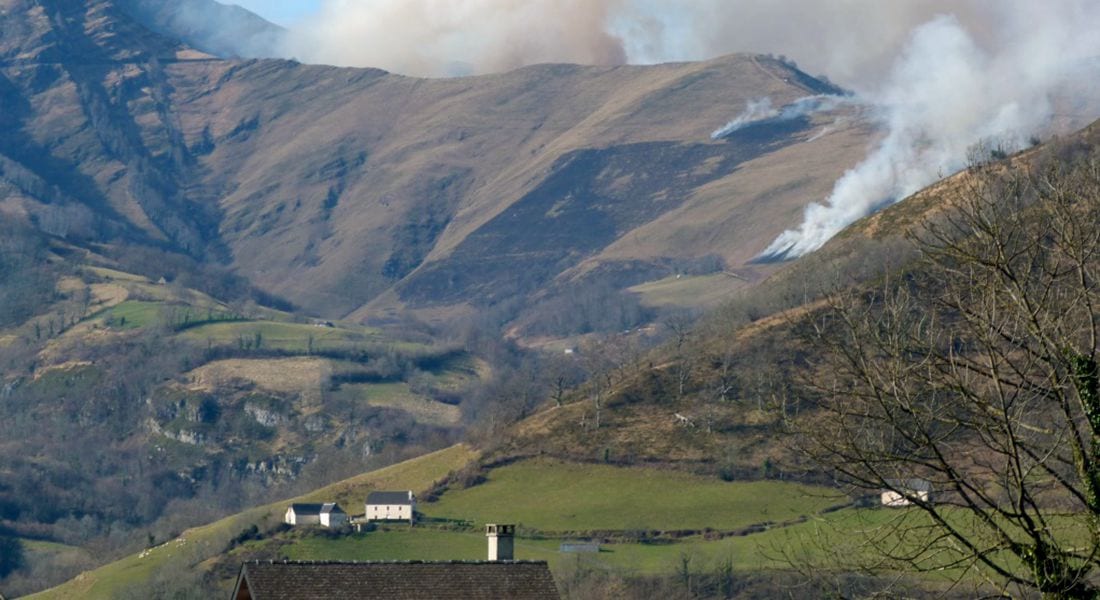
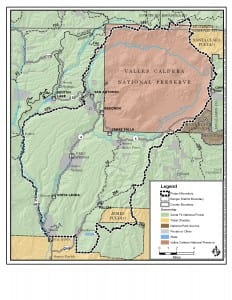
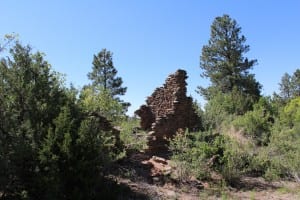
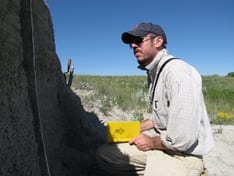 To book a live or taped interview with Christopher I. Roos in the SMU
To book a live or taped interview with Christopher I. Roos in the SMU  California 6th grade science books: Climate change a matter of opinion not scientific fact
California 6th grade science books: Climate change a matter of opinion not scientific fact Reading ability soars if young struggling readers get school’s intensive help immediately
Reading ability soars if young struggling readers get school’s intensive help immediately $2 million NIH grant to help team from SMU and U-Maryland develop pediatric asthma monitor
$2 million NIH grant to help team from SMU and U-Maryland develop pediatric asthma monitor Top Quark: New precise particle measurement improves subatomic tool for probing mysteries of universe
Top Quark: New precise particle measurement improves subatomic tool for probing mysteries of universe
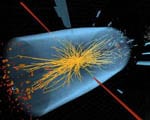 Observed! SMU’s LHC physicists confirm Higgs ‘God particle’
Observed! SMU’s LHC physicists confirm Higgs ‘God particle’ DOE Award: advancing SMU’s link to the God particle
DOE Award: advancing SMU’s link to the God particle Ancient tree-ring records from southwest U.S. suggest today’s megafires are truly unusual
Ancient tree-ring records from southwest U.S. suggest today’s megafires are truly unusual Human diabetes has new research tool: Overfed fruit flies that develop insulin resistance
Human diabetes has new research tool: Overfed fruit flies that develop insulin resistance Modeling the human protein in search of cancer treatment: SMU Researcher Q&A
Modeling the human protein in search of cancer treatment: SMU Researcher Q&A
 Middle school boys who are reluctant readers value reading more after using e-readers
Middle school boys who are reluctant readers value reading more after using e-readers Dark matter search may turn up evidence of WIMPS: SMU Researcher Q&A
Dark matter search may turn up evidence of WIMPS: SMU Researcher Q&A